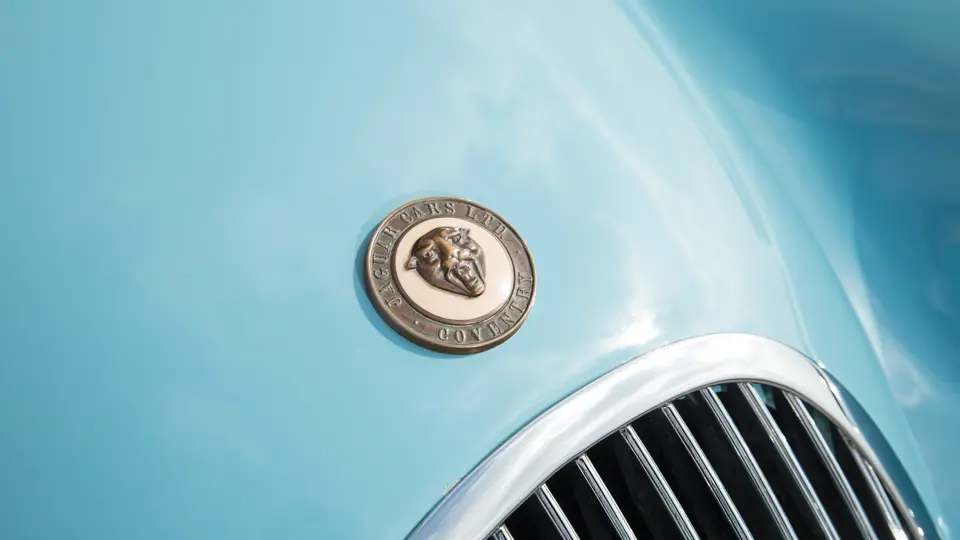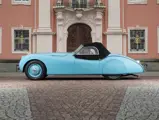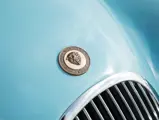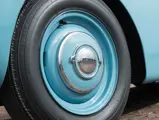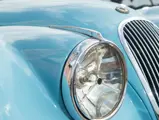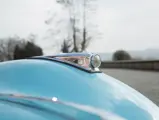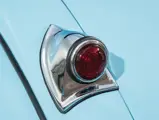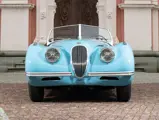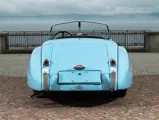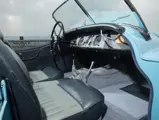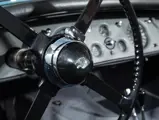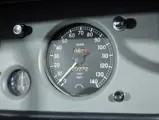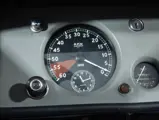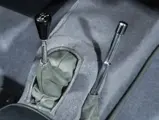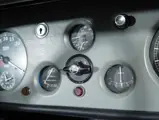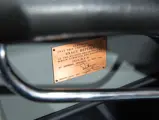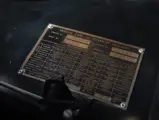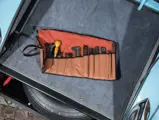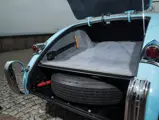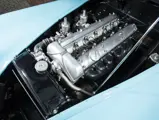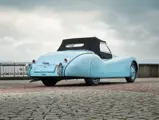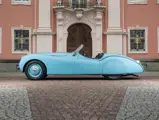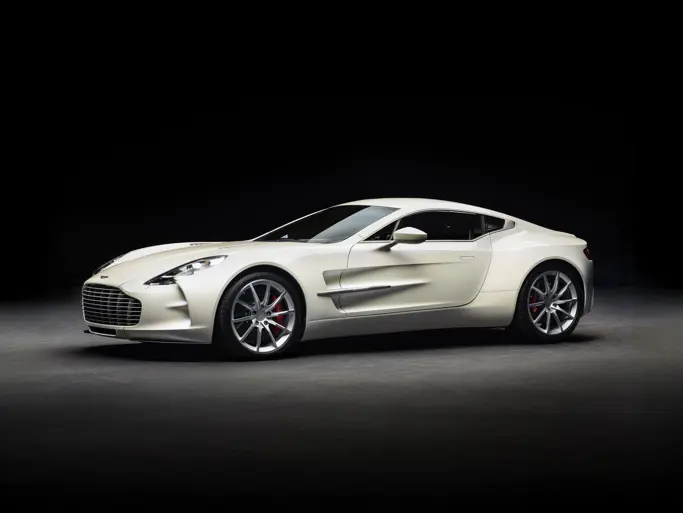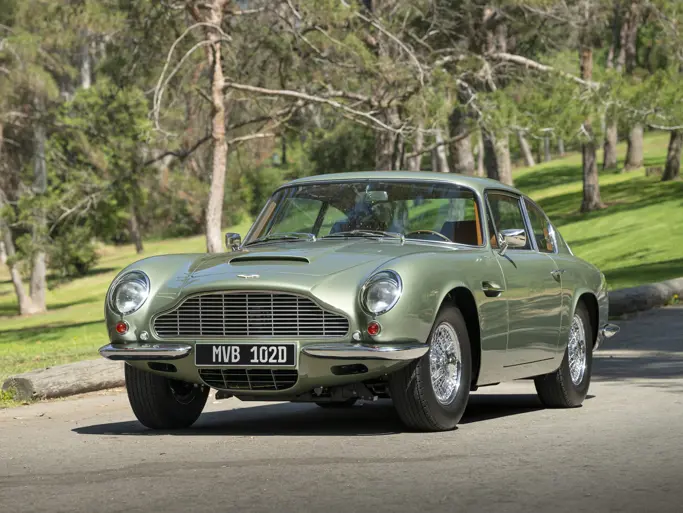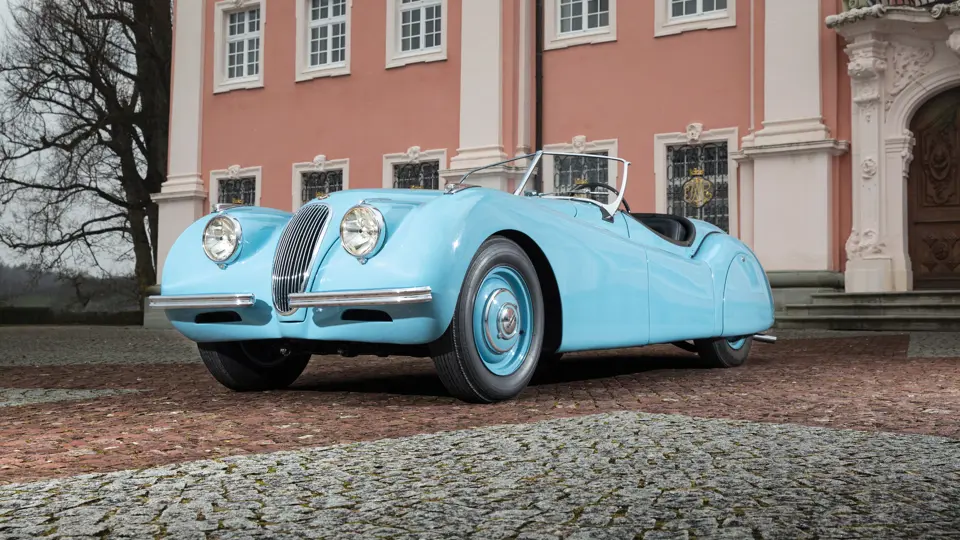
1950 Jaguar XK 120 Alloy Roadster
{{lr.item.text}}
€257,600 EUR | Sold
{{bidding.lot.reserveStatusFormatted}}
- The 123rd alloy-bodied XK 120; only 242 examples built
- Original numbers-matching engine
- Formerly of the renowned Walter Hill and Arturo Keller collections
- Purchased by its current owner from Arturo Keller
- Highly eligible for all major events such as Mille Miglia, Le Mans Classic, and Tour Auto
160 hp, 3,442 cc DOHC inline six-cylinder engine with two SU H6 carburettors, four-speed manual transmission, independent front suspension, live rear axle with semi-elliptical springs, and four-wheel drum brakes. Wheelbase: 2,600 mm
The London Motor Show at Earls Court in September of 1948 was a turning point not only in Jaguar’s history, but also in automotive history. Jaguar unveiled the new XK 120, a low-slung, lithe, and curvaceous roadster—drop-dead gorgeous from every angle. This new car’s stunning bodywork hinted at its incredible performance, provided by a newly designed inline six-cylinder engine with dual overhead-camshafts capable of producing 160 brake horsepower. During top-speed tests on Belgium’s Jabbeke Highway in May of 1949, the XK 120 achieved speeds of over 120 mph and was proclaimed as “the fastest production car in the world”.
The Times of London reported that “with the hood [top] up, the car averaged 126.4 mph for a mile in two runs in opposite directions. The fastest mean speed of 132.5 mph was reached with a racing windscreen in place, the best run being made at 133.2 mph. The car also covered a kilometre from a standing start at a speed of 74.1 mph and a mile at 86.4 mph”.
At a time when speeds of over 100 mph were rarely achieved in any automobile, a car consistently achieving speeds of over 120 mph was near impossible to comprehend.
Jaguar had not anticipated the XK 120’s showroom success and had built the first 242 cars with expensive and lightweight aluminium bodywork. These cars were quickly spoken for and with demand still as strong as it was when the XK 120 was introduced, Jaguar eventually transitioned to producing steel bodies for the remainder of production. In total, 12,055 roadsters, coupés, and dropheads were produced by the time production transitioned to the XK 140. Early aluminium-bodied XK 120 roadsters made up just two percent of the entire production run, making them the rarest and most desirable iteration of the model.
According to its Jaguar Daimler Heritage Trust Certificate, this particular alloy-bodied example was produced on 6 February 1950, finished in Pastel Blue with a “Duo-Blue” interior and a Fawn soft top. It was destined for California and imported through Charles Hornburg’s Los Angeles-based distributorship, dispatched from the factory on 22 February 1950. The car was purchased that same year by John Edgar, a noted racer living in Los Angeles at the time. It is believed that in June of 1950, the XK 120 was driven by Bill Pollack, who often drove cars entered by Edgar, in the Santa Ana Road Race, and it may have competed in other events around the same time in California.
Unfortunately, the car’s early history remains unknown, at least until it was purchased by the late Jaguar collector Walter Hill. Hill purchased the car from George Boyd in 1976 (along with a C-Type and D-Type) and proceeded to keep the car in his ownership for the next 33 years. Looking to make it one of the finest examples at the time, Hill had the car fully restored to its original specifications in the early 1990s. Following the completion, he showed the car at Jaguar Club of America concours events, and it was consistently rewarded with scores of over 99 points—even attaining a score of 99.98 in June of 2005. The car remained well preserved and maintained until his passing. The XK 120 was then purchased by the renowned enthusiast Arturo Keller, who kept the car until 2013, when it was acquired by the current German collector.
Despite the car’s older restoration, it still presents very well today in its original and eye-catching shade of Pastel Blue. Eligible for a variety of historic events and considered by many to be one of the finest Jaguars ever built, owning an XK 120 is a goal of many enthusiasts. Sitting firmly at the top of the pecking order, the early aluminium-bodied XK 120s are undoubtedly the most desirable iteration of the model and as such, an opportunity to purchase a well-restored and regularly maintained example should not be overlooked.

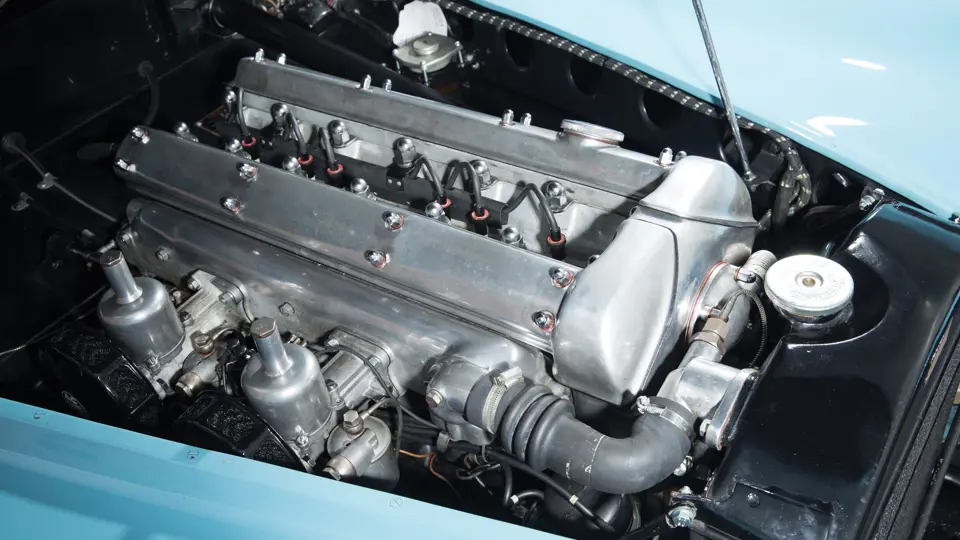
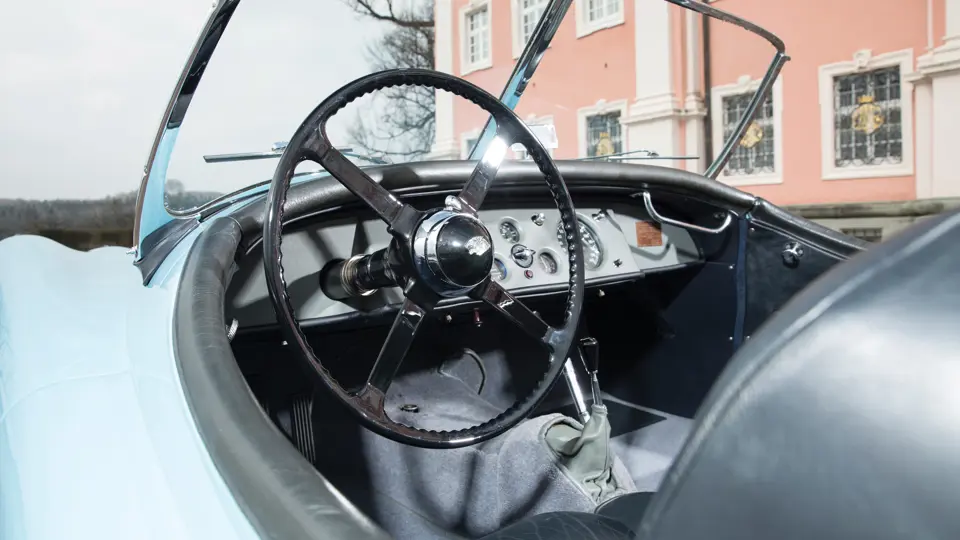

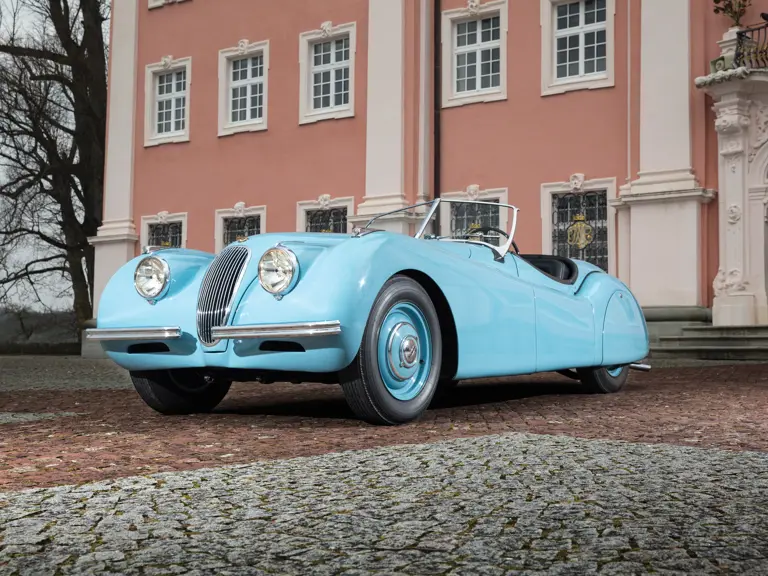

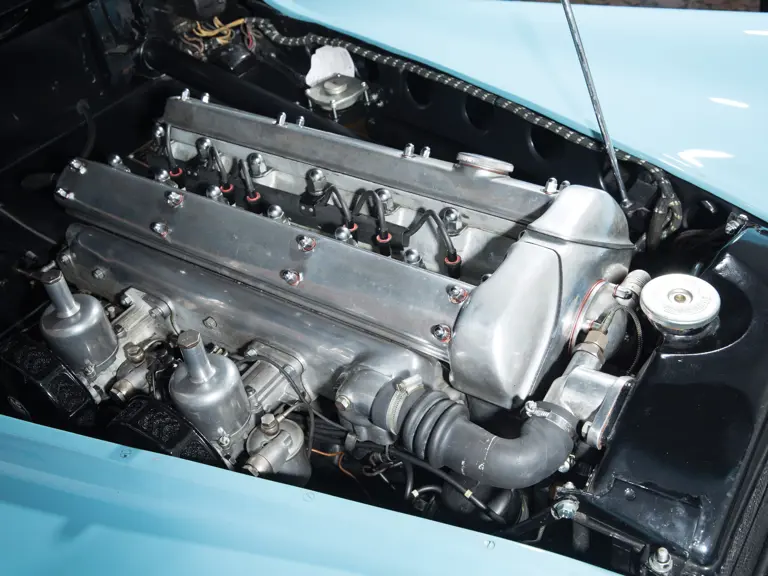


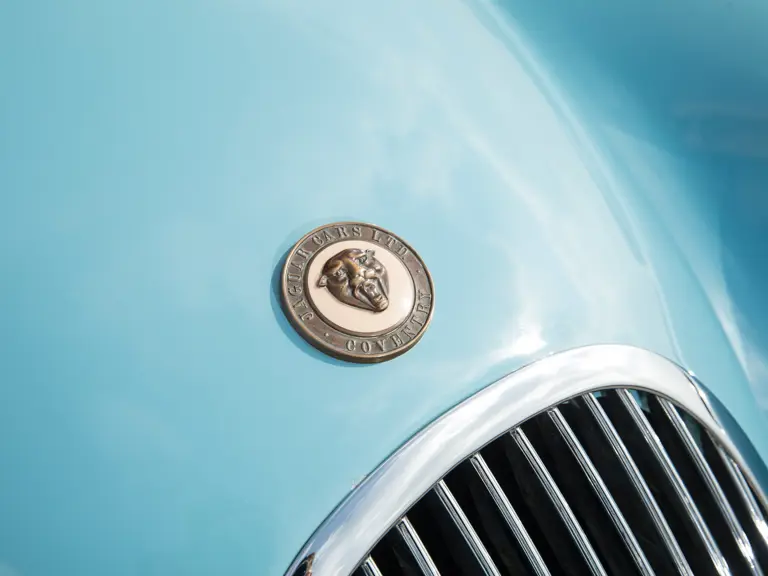
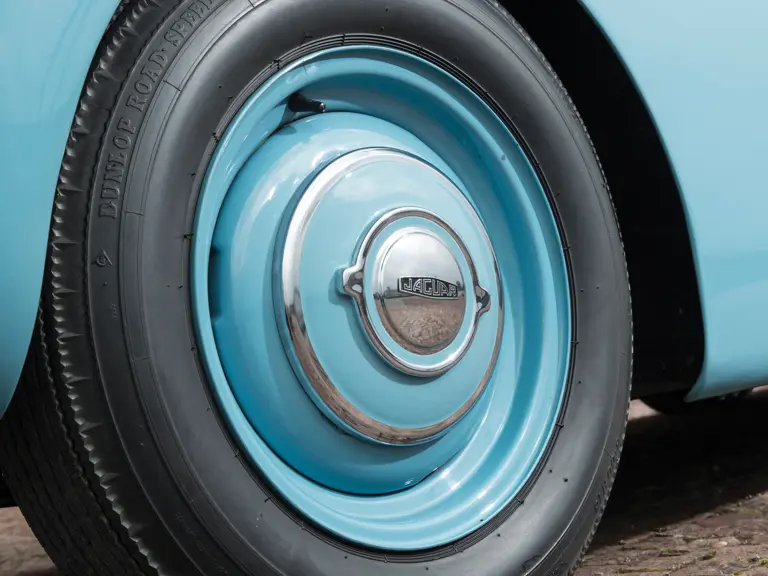
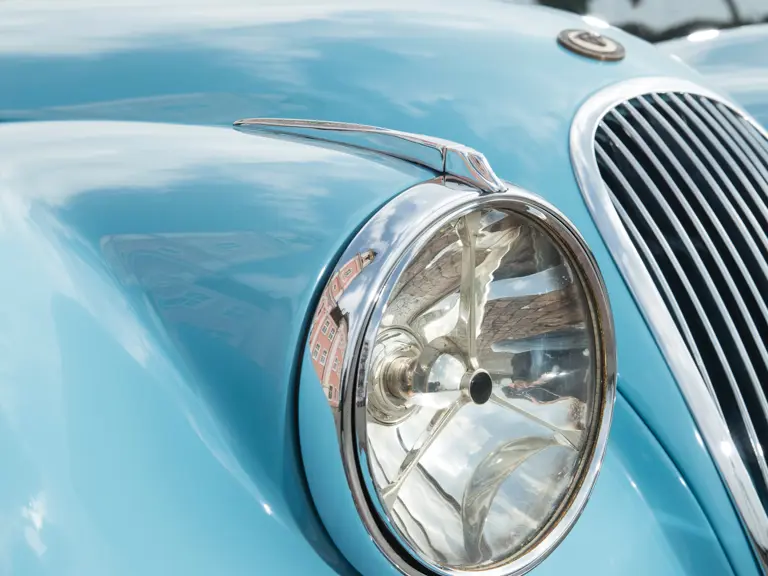
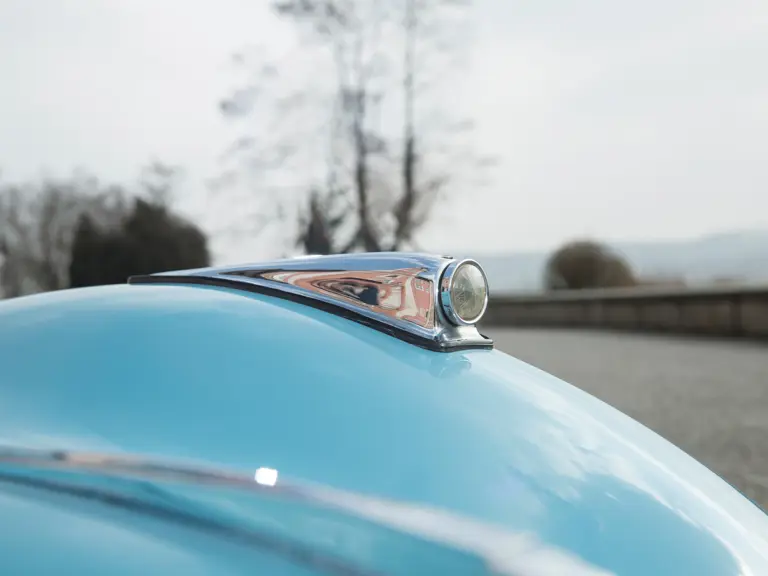
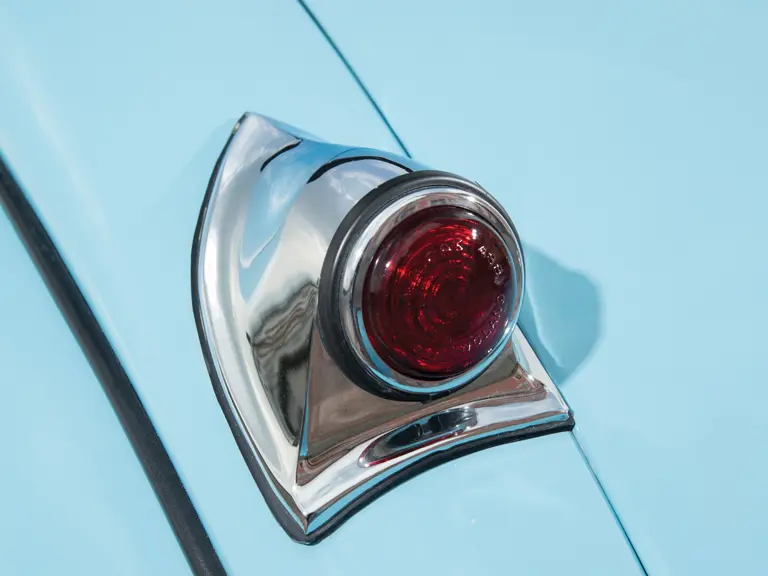
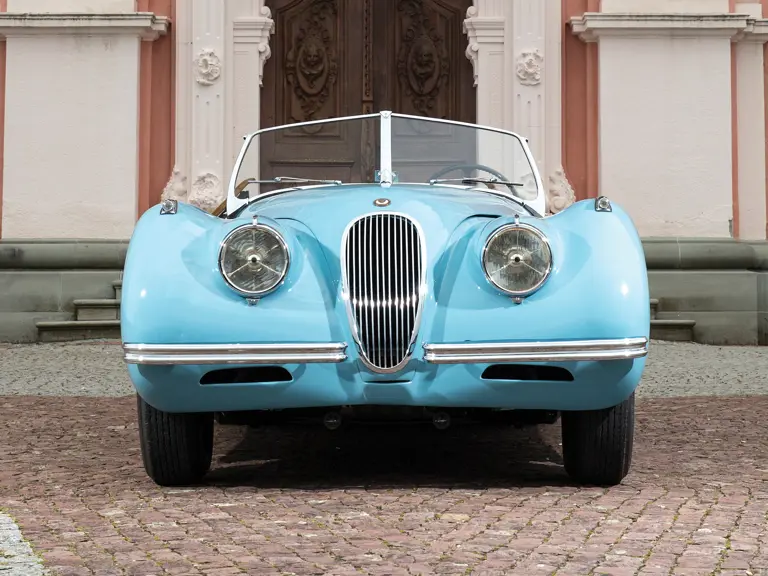

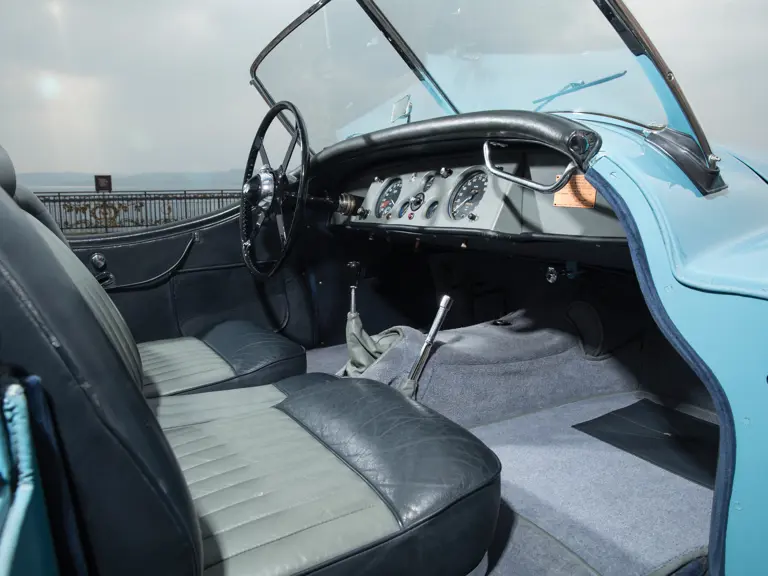
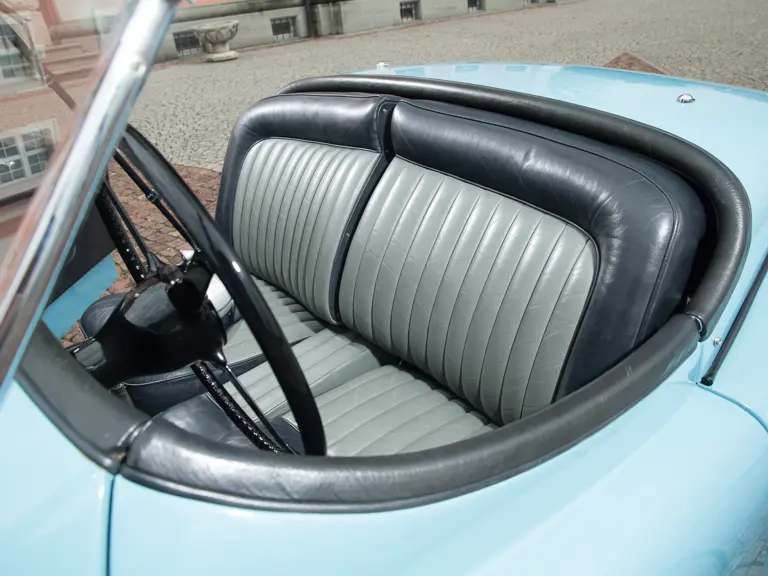
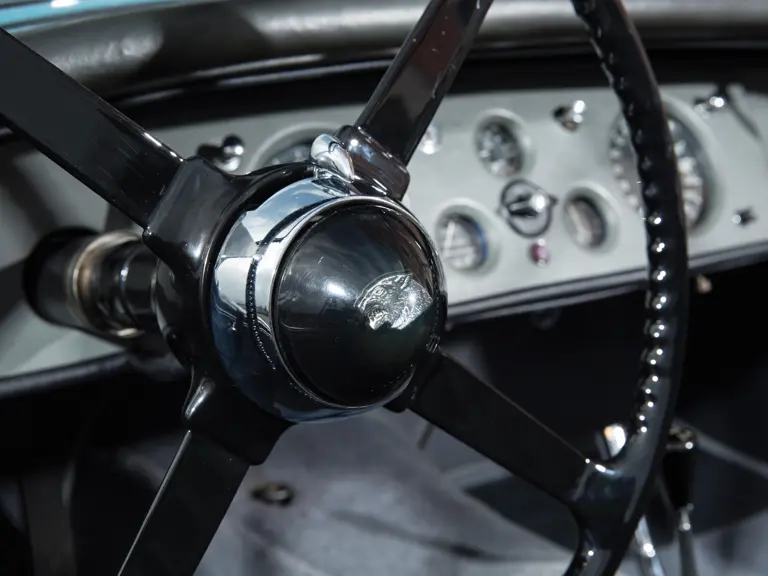
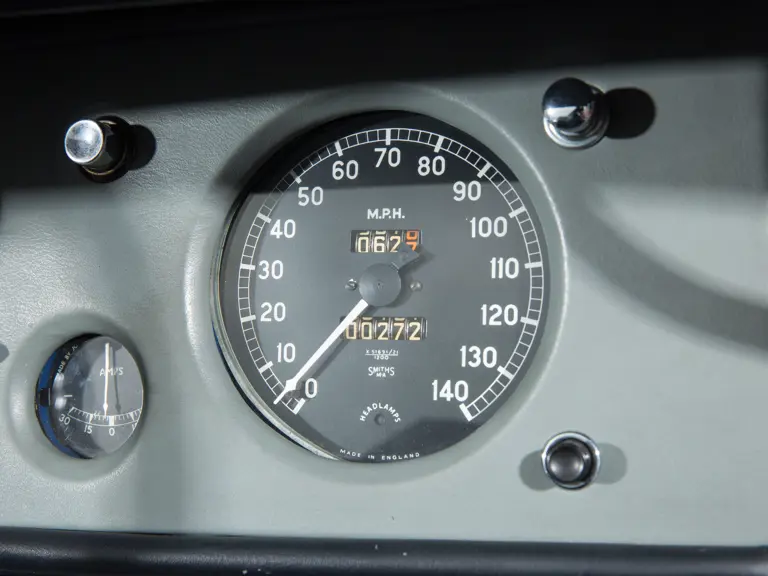
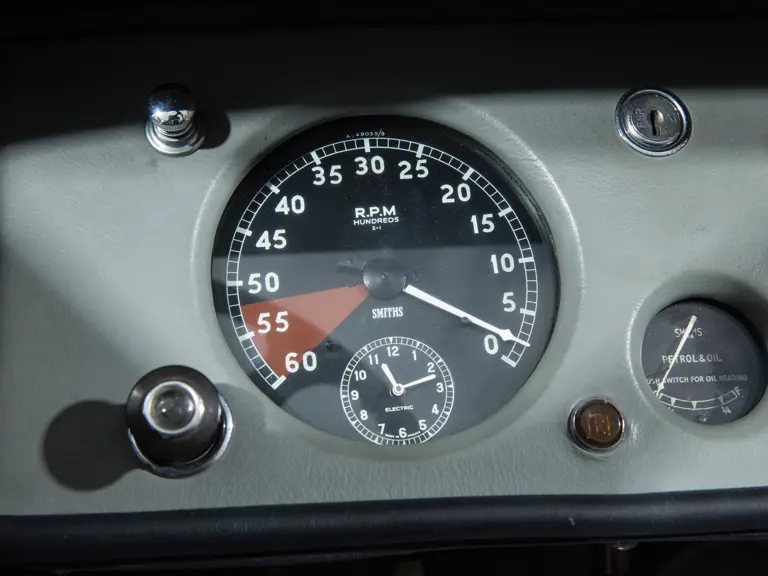


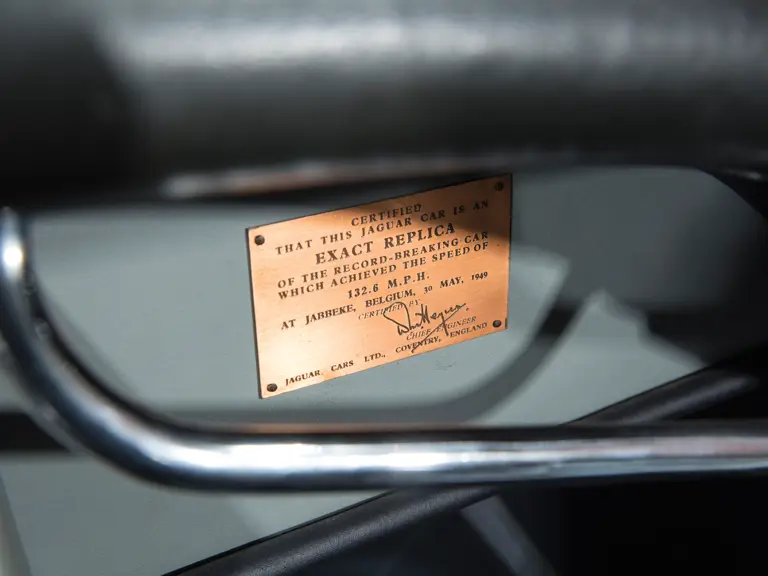
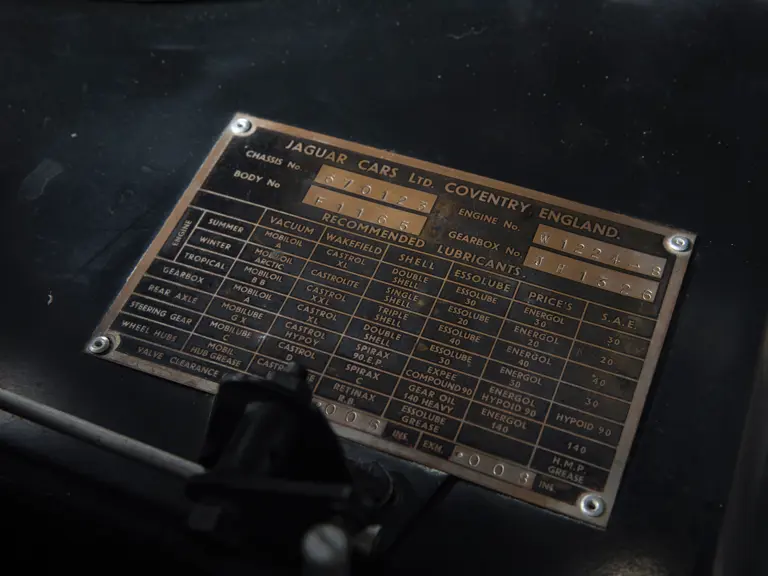

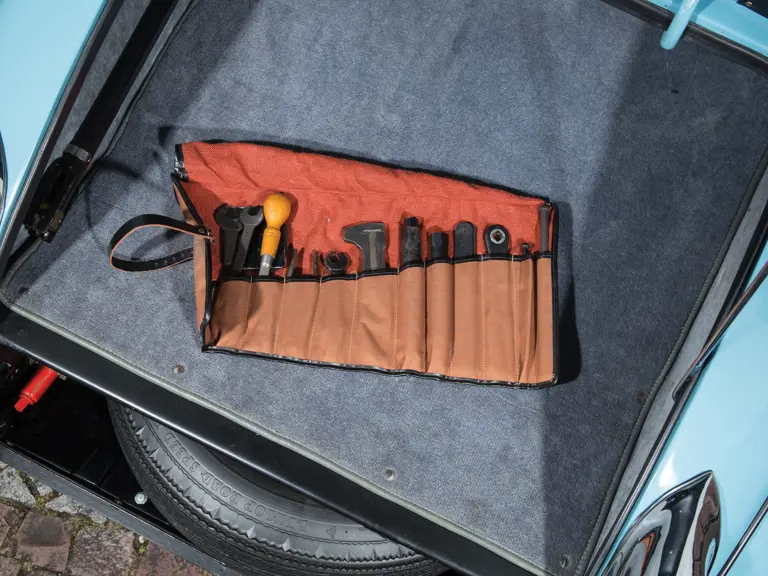
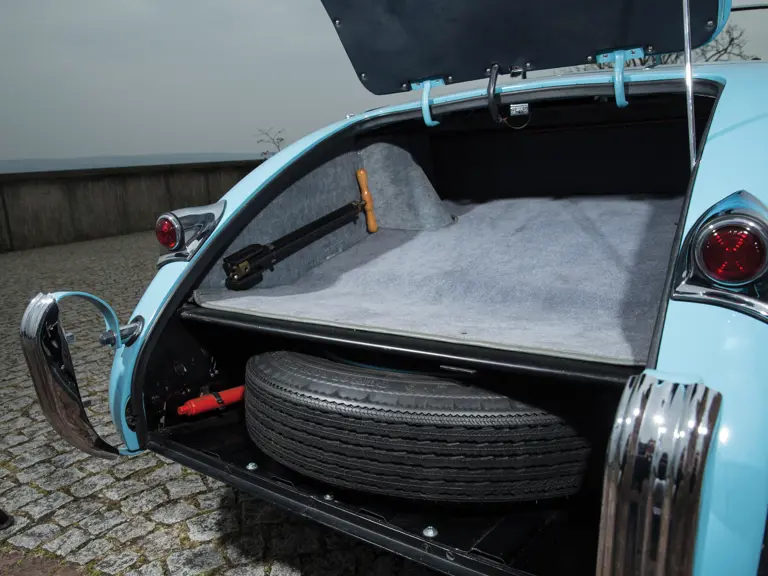
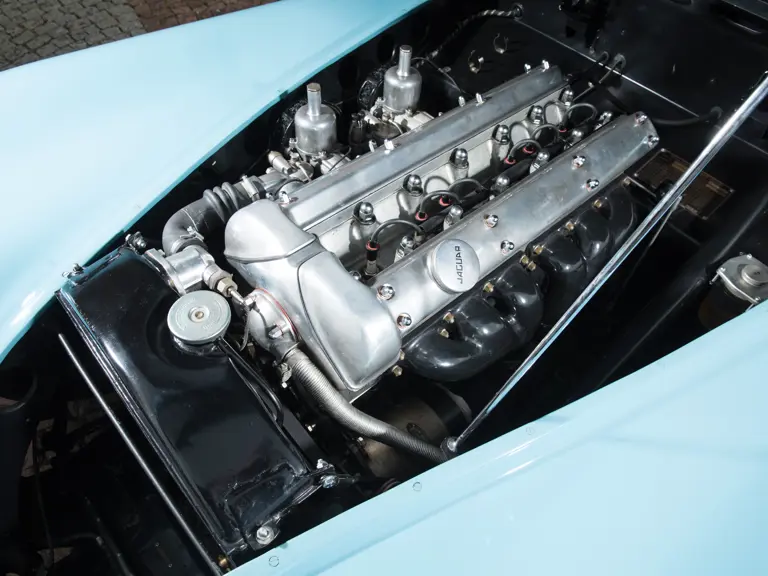
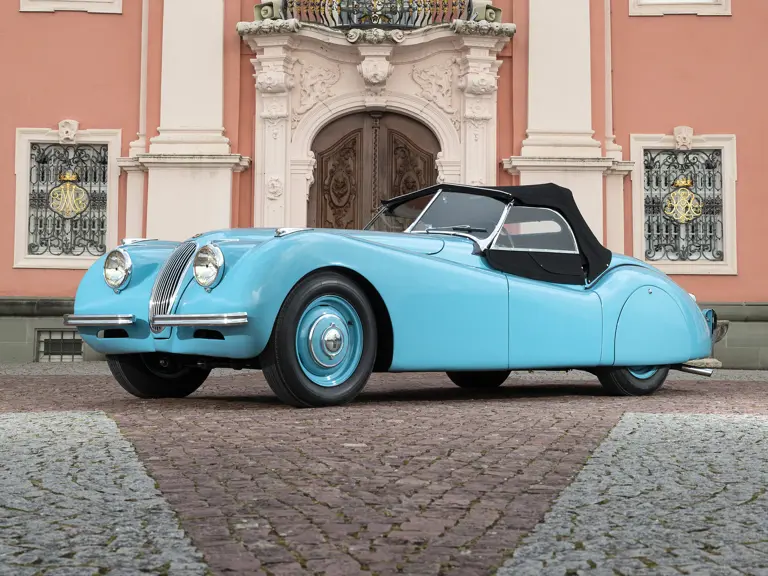
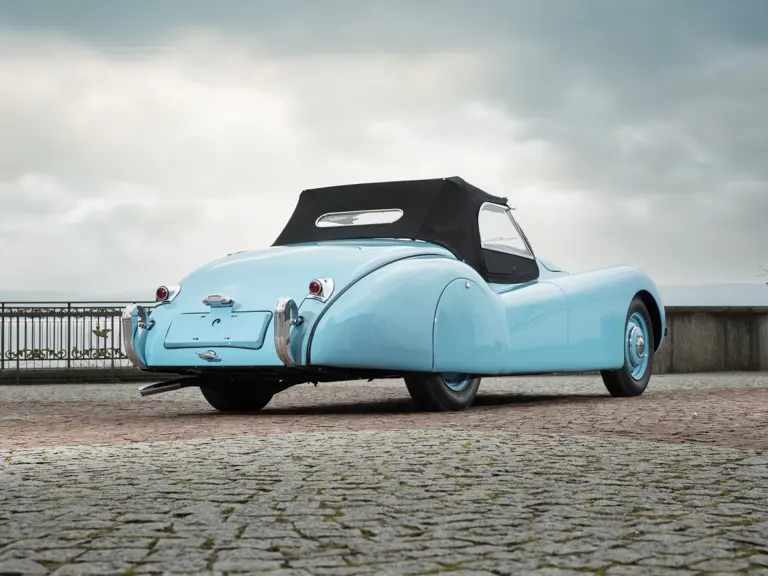
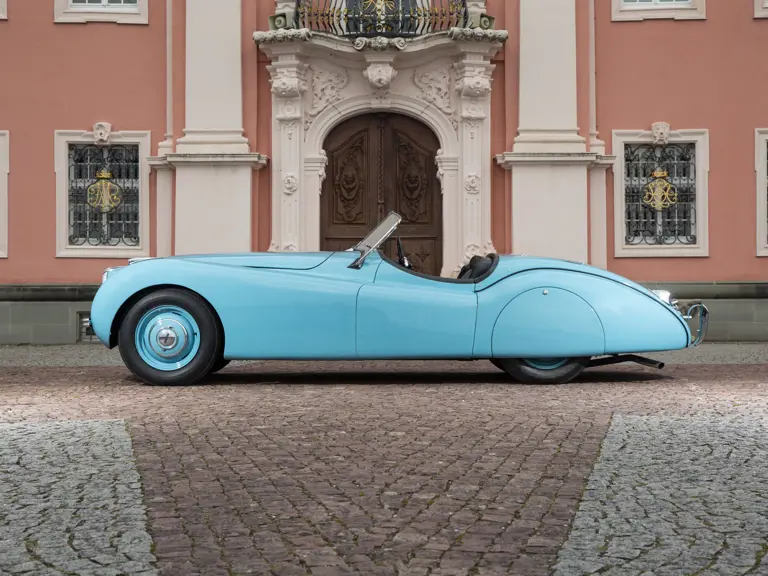
 | Monte Carlo, Monaco
| Monte Carlo, Monaco

